Ned Lamont Talks Tolls, Weed, and Those Dance Moves
Chris from the Tribe
What Does Legalized Weed Mean for Employers?

Ned Lamont Talks Tolls, Weed, and Those Dance Moves
Chris from the Tribe
What Does Legalized Weed Mean for Employers?
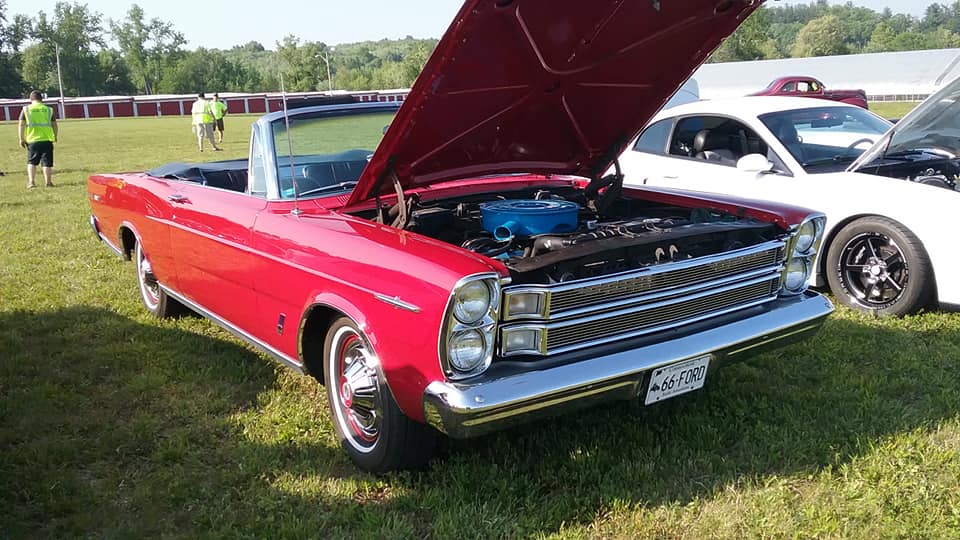
Car: Ford Galaxie 500 Convertible
Year: 1966
What makes it special: The Galaxie is a full-sized car built by Ford for model years 1959 through to 1974. The name was used for the top models in Ford’s full-size range from 1958 until 1961, in a marketing attempt to appeal to the excitement surrounding the Space Race. The Galaxie was the competitor to the high-volume full sized Chevrolet Impala.
What made it famous: Starting in1965 Galaxie was an all-new design, featuring vertically stacked dual headlights. The cars were taller and bulkier than the previous year’s. Suspension was redesigned. Replacing the former leaf-spring rear suspension was a new three-link system, with coil springs. Interiors featured a new instrument panel and two-way key system were introduced. A new model was introduced for 1966; the Galaxie 500 7 Litre, fitted with a new engine, the 345 hp 428 cu in Thunderbird V8. This engine was also available on the Ford Thunderbird and the Mercury S-55. The police versions received a 360 hp version of the 428 known as the ‘Police Interceptor’ as police cars. Safety regulations for 1966 required seat belts front and rear on all new cars sold domestically. The Galaxie 500 would be the #3-selling convertible in the U.S. in 1966, with 27,454 sold.
Why I would want one: Love the stacked-headlight look, and the sharp body lines of the ’65 & ’66 Ford Galaxies.
Fun fact: The “regular” Galaxie 500 continued below the LTD as Ford’s mid-level full-size model from 1965 until its demise at the end of the 1974 model year.
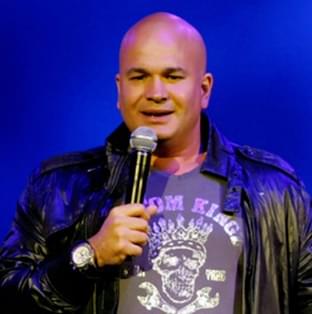
Rob Kelly – Headlining Chaz and AJ Comedy Show
Street Pete Interviews qrophecy
Cari from the Coast Guard
Jennifer’s Mom Had a Flu Scare
#DumbAssNews – The Dead McDonald’s Raccoon
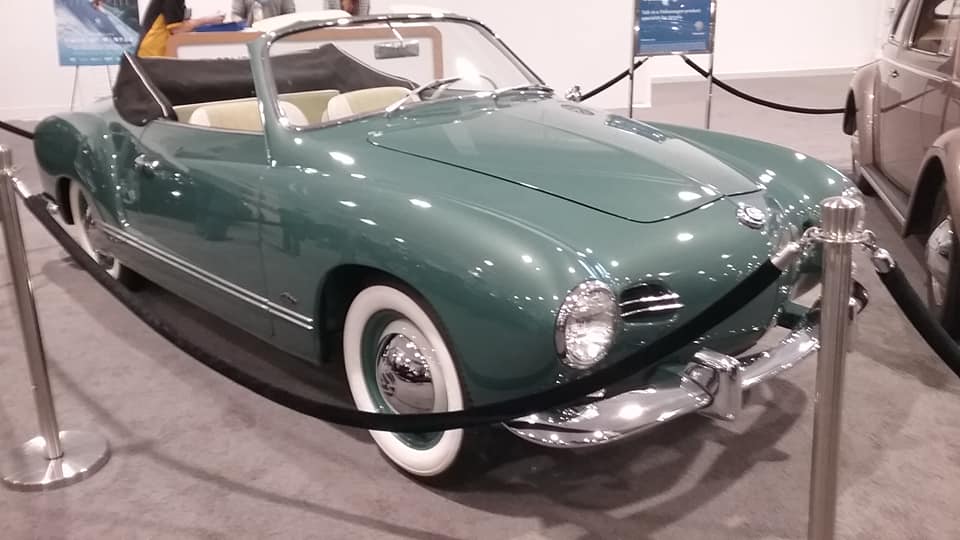
Car: Volkswagen Karmann Ghia Typ14 Convertible
Year: 1959
What makes it special: Volkswagen’s Karmann Ghia is a sports car marketed in 2+2 coupe from 1955–1974, and 2+2 convertible from 1957–1974 body styles by Volkswagen. Internally designated the Typ 14, the Karmann Ghia combined the chassis and mechanicals of the Type 1 Beetle with styling by Italy’s Carrozzeria Ghia and hand-built bodywork by German coachbuilding house, Karmann.
What made it famous: In August 1957, Volkswagen introduced a convertible version of the Karmann Ghia. The Type 14 was marketed as a practical and stylish 2+2 rather than as a true sports car. As they shared engines, the Type 14’s engine displacement grew concurrently with the Type 1 Beetle, ultimately arriving at a displacement of 1584 cc, producing 61 PS. In contrast to the Beetle’s machine-welded body with bolt-on fenders, the Karmann Ghia’s body panels were butt-welded, hand-shaped, and smoothed with English pewter in a time-consuming process commensurate with higher-end manufacturers, resulting in the Karmann Ghia’s higher price.
Why I would want one: I always loved the style of the Karmann Ghia, unfortunately try finding one: 1) No body rot, and 2) An affordable price nowadays.
Fun fact: American industrial designer Walter Dorwin Teague included the Type 14 Karmann Ghia in his list of the world’s most beautifully designed products.

Dancing Ned Lamont
Germy the Flu
Lisa Lampanelli the Life Coach
#DumbAssNews – Eating Feet Meat
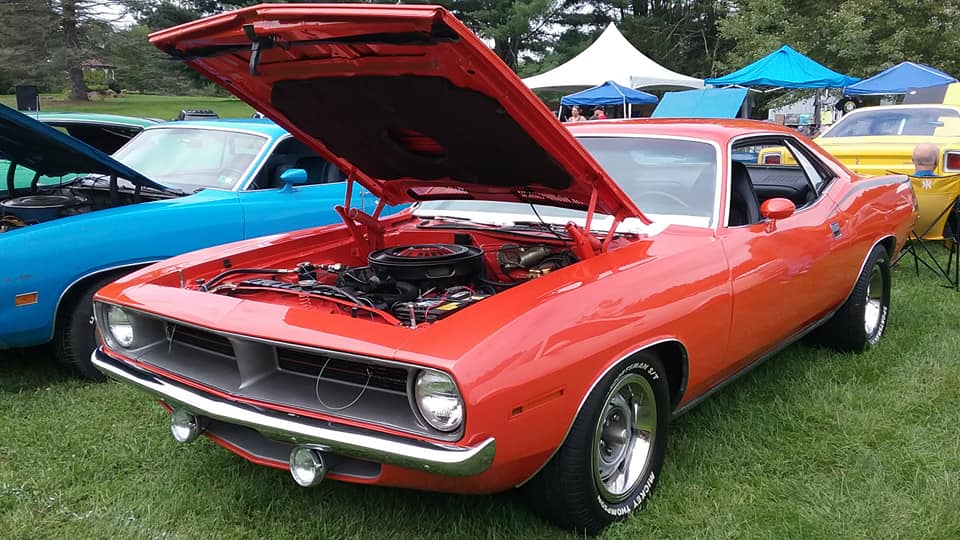
Car: Plymouth ‘Cuda Coupe
Year: 1970
What makes it special: The redesign for the 1970 Barracuda removed all its previous commonality with the Valiant. The original fastback design was deleted from the line and the Barracuda now consisted of coupe and convertible models. The all-new model was built on a shorter, wider version of Chrysler’s existing B platform, called the E-body. The E-body Barracuda was now “able to shake the stigma of ‘economy car’.” The high-performance models were marketed as ‘Cuda deriving from the 1969 option. Barracuda options included decal sets, hood modifications, and some unusual “High Impact” colors such as “Lime Light”, “Bahama Yellow”, “Tor Red”, “Lemon Twist”, “Curious Yellow”, “Vitamin C”, “In-Violet”, “Sassy Grass” and “Moulin Rouge”
What made it famous: Three versions were offered for 1970 and 1971. The base Barracuda (BH), the luxury oriented Gran Coupe (BP), and the sport model ‘Cuda (BS). For 1970 and 1971, the Barracuda and Barracuda Gran Coupe had two six-cylinder engines available: A new 198 cu in version of the slant-6, and the 225, as well as three different V8’s: the 318 ci, the 383 ci with 2-barrel carburetor and single exhaust, and the 383 ci with 4-barrel carburetor and dual exhaust 330 hp SAE gross. The Cuda had the 383 ci 335 hp SAE gross, same as Dodge’s 383 Magnum as the standard engine. It also had the 440 ci 4-barrel Super Commando, the 440 ci Six-barrel Super Commando Six Pak, and the 426 ci Hemi. The 440- and Hemi-equipped cars received upgraded suspension components and structural reinforcements to help transfer the power to the road. In 1970 and 1971 only, the shaker hood, option code N96, elastomeric rubber colored bumpers, and the Spicer-built Dana 60 rear axle were available. The shaker hood was available with 340, 383, 440 4-barrel, 440 six-barrel, and 426 Hemi engines.
Why I would want one: To me, the 1970-1971 ‘Cuda’s were the epitome of Pony/Muscle car.
Fun fact: The Barracuda was discontinued after the 1974 model year.

Ned Lamont’s First Day as Governor
End of the World Survival
Jimmy Koplik Talks Woodstock 50
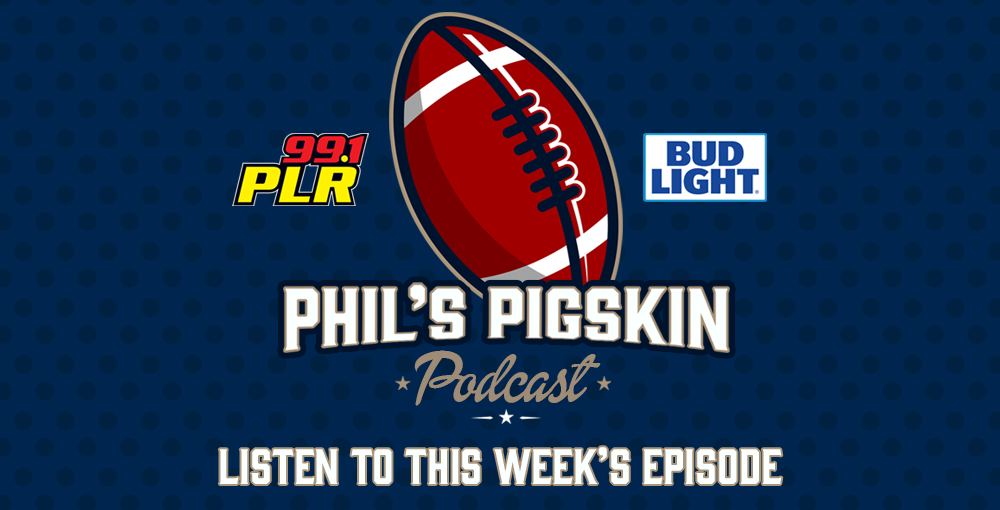
The playoffs are here, and Patriots are trying to play underdog. Andrew Krause was in with Phil to break down the matchups this weekend, the upsets from the Wild Card round, and why Dak Prescott is the most dangerous quarterback still playing.
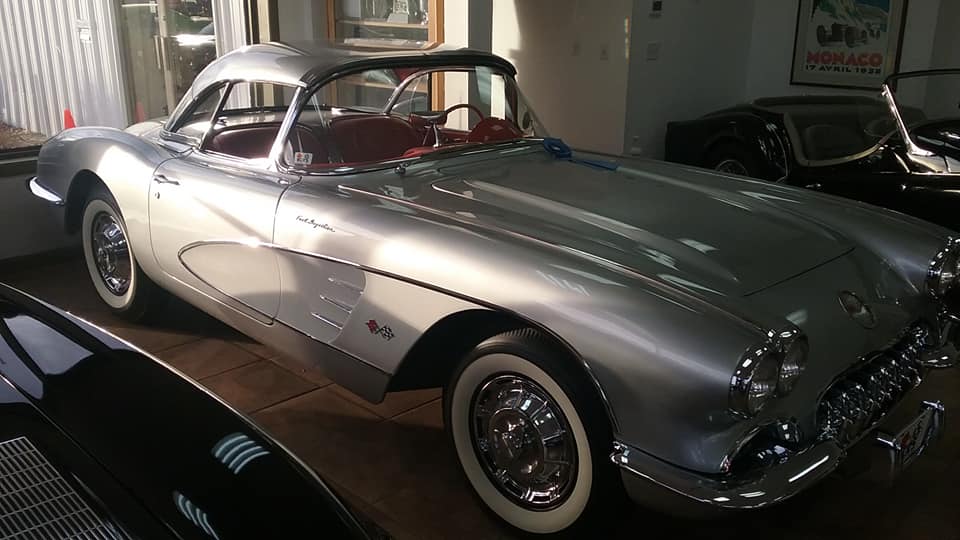
Car: Chevrolet C-1 Corvette Fuel-Injection
Year: 1959
What makes it special: In an era of chrome and four headlamps, the Corvette succumbed to the look of the day. Starting with the 1958 model year and the four that followed, all had the exposed four-headlamp treatment and prominent grills.
What made it famous: For the 1959 model, engines and horsepower ratings did not change. Interiors were revised slightly with different instrument graphics and the addition of a storage bin to the passenger side. A positive reverse lockout shifter with “T” handle was standard with 4-speed manual transmission. This was the only year a turquoise convertible top color could be ordered, and all 24-gallon fuel tank models through 1962 could not be ordered with convertible tops due to inadequate space for the folding top mechanism. Rare options: RPO 684 heavy-duty brakes and suspension (142), RPO 686 metallic brakes (333), RPO 276 15″×5.5″ wheels (214), RPO 426 power windows (547), RPO 473 power convertible top (661). Optional engine choices included two with twin carburetors, including a 270 hp model with Carter 2613S and 2614S WCFB 4-barrels, and two with fuel injection. Power output for the highest rated fuel-injected engine was 290 hp. Displacement remained 283 cu in.
Why I would want one: When I think of Corvettes, I generally think of the C-1.
Fun fact: It is commonly referred to as the “Solid-axle” generation, as the independent rear suspension did not appear until the 1963 Sting Ray.

Goodbye to You
Amy the Cuddlist
Dr. Tammy and Amy
Bob Woodward Talks Watergate Scandal, JFK Assassination, Trump
Donald Trump’s Oval Office Address